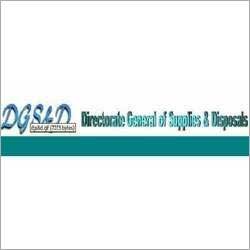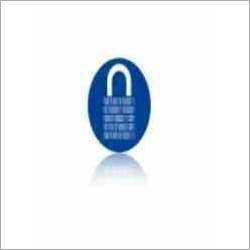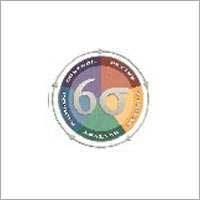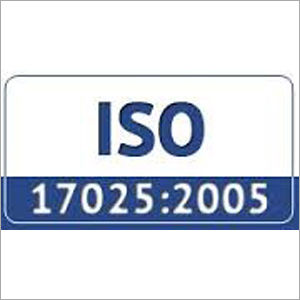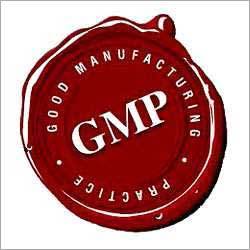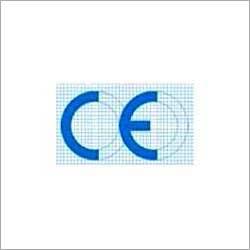
Ce Mark Certification For All Directives
Price:
Get Latest Price
In Stock
Product Specifications
| Mark Type | CE |
| Color | Blue |
| Application | Products |
| Standard | EU Directives |
| Format | Graphic Symbol |
| Usage | Ensures product conformity with all relevant essential requirements of the European technical regulations. |
| Compliance | Mandatory |
| Features | Market Access, Legal Compliance, Safety Assurance, Reduced Costs, Free Circulation |
Product Overview
Key Features
CE Mark Certification For All Directives
The CE marking is a conformity marking consisting of the letters "CE", and taking the form as shown here. CE is an abbreviation for 'Conformity European', French for 'European Conformity'.
The CE marking symbolizes that a product it is affixed to is in conformity with all relevant essential requirements of the European technical regulations ("Directives"), and that the product compliance has been established using the appropriate conformity assessment procedure(s). The assessential requirements are requirements related to product safety, public health and consumer protection.
CE marking is obligatory for any product covered by one or more of the European technical regulations requiring the affixing of the CE marking. Without the CE marking, these products are not allowed to be placed or to be put into service in Europe. In this regard, the CE marking sometimes is called a trade passport, because like carrying a passport when entering a country, the CE Marking is required for market access.
The need of Marking
The European CE certification procedure has been mainly set up to
- Harmonize all varying national regulations for consumer and industrial products in European Member States, so that the Single Market is encouraged.
- Bring about cost savings for producers.
- Enhance the safety of products.
- Supply public bodies with a uniform procedure that can be checked.
- With the help of the conformity assessment procedures, the authorities can ascertain that the products that are placed on the market comply with the requirements as stated in the regulations of the directives. The CE marking is consequently largely for the benefit of the authorities. However, safe products are also necessary for the end user in the work or consumer environment.
What are the Benefits of CE Marking
The CE Marking is a kind of trade passport for the European marketplace: it allows the manufacturer to freely circulate their product throughout the 18 countries of the European Economic Area (EEA).
There is only one set of requirements and procedures to comply with in designing and manufacturing a product for the entire EEA. Various conflicting national regulations are eliminated. As a result, the product no longer needs to be adapted to the specific requirements of the different member states of the EEA.
In addition, it may be considered a benefit that by implementing the requirements, the product will be safer for the user and this may also reduce damage and liability claims.
The CE Marking is NOT required for the following types of products
- Chemicals
- Pharmaceuticals
- Cosmetics
- Foodstuffs
How KMS Can Help?
KMS ensures that the products of a company comply to the CE marking and CE certification regulations.
- Our expert CE marking services consist out of
- Verifying product documentation
- Modifying and testing products to ensure compliance with CE marking regulations
- Compiling CE mark Technical construction files
- Applying CE marking
- Authorized Representation
The CE Marking is Requested only for the following Types of Directives
- Toys Directive.
- Machinery Directive.
- Electrical Equipment Directive.
- Low Voltage Directive.
- Emc Directive.
- Personal Protective Equipment Directive.
- Pressure Equipment Directive.
- Medical Devices Directive.
- Active Implantable Medical Devices Directive.
- In Vitro Diagnostics Directive.
- Radio And Telecommunications Terminal Equipment Directive.
- Simple Pressure Vessels Directive.
- Gas Appliances Directive.
- Lifts Directive.
- Recreational Craft Directive.
- Non-automatic Weighing Instruments Directive.
- Cable Ways Directive.
- Construction Products Directive.
- New Hot Water Boilers Directive.
Company Details
Focusing on a customer-centric approach, Priya Consultancy INDIA PVT. LTD. has a pan-India presence and caters to a huge consumer base throughout the country. Get ISO Certification Consultants from Priya Consultancy INDIA PVT. LTD. at Trade India quality-assured services.
Business Type
Service Provider
Establishment
2005
GST NO
09AAHCP2776L2ZR
Certification
registered company
More Product From This seller
Seller Details

GST - 09AAHCP2776L2ZR
Ghaziabad, Uttar Pradesh
Director
Ms. Poonam Sharma
Address
H.No. 87, Kailash Park, Arthala Mohan Nagar, Ghaziabad, Uttar Pradesh, 201007, India
Report incorrect details

